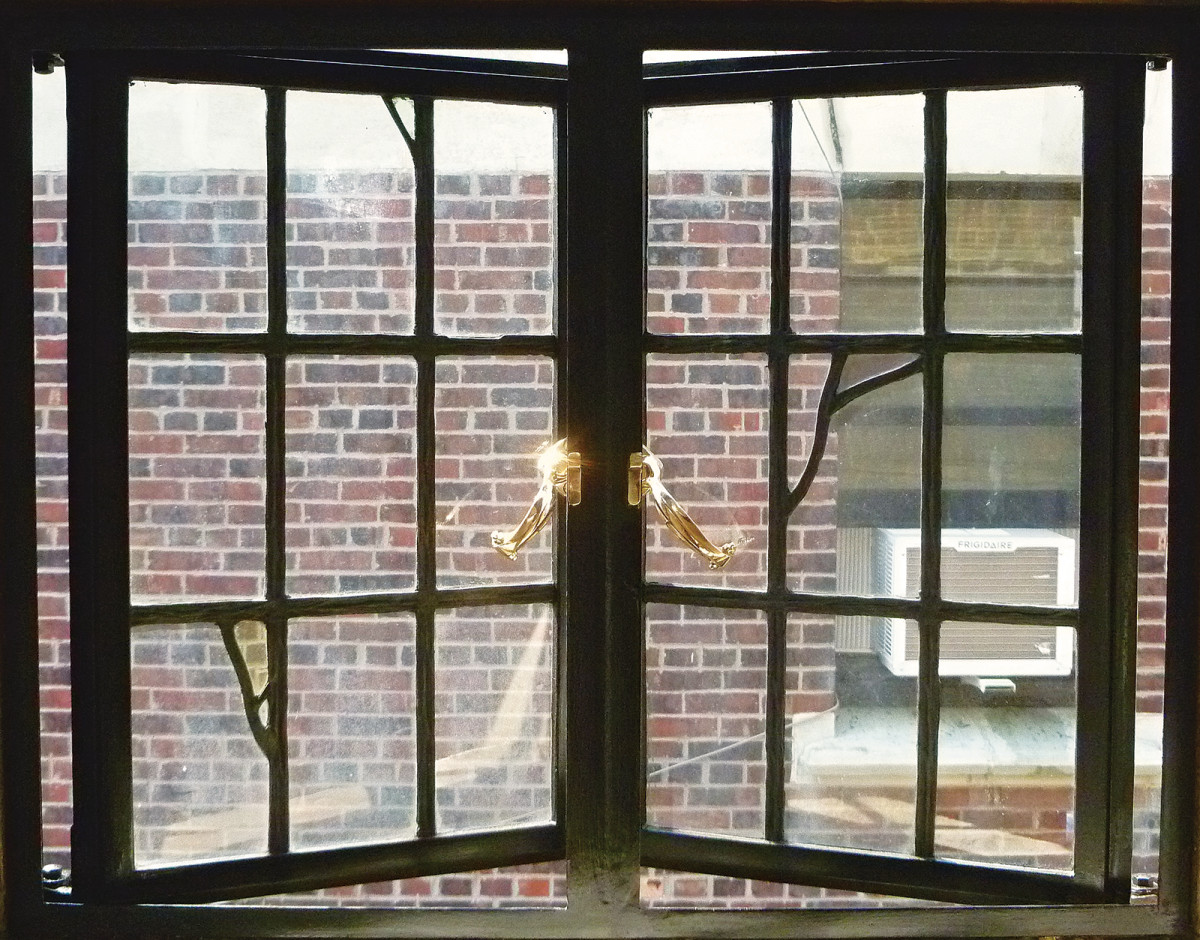The Evolution Of Nerve Windows: From Industrial To Bodoni Font Homes

Steel Windows have a long and storied account, tracing their origins back to the heavy-duty era when they were first utilised for their unequaled potency and lastingness. Initially, steel Windows were fortunate in factories and warehouses, environments where their robust nature could stand firm the rigors of industrial natural action. Their power to subscribe large panes of glaze over also allowed for greater natural dismount, an requirement feature for improving workings conditions in such settings. These early on applications cemented the reputation of nerve Windows as a trustworthy and virtual choice for hard environments.
As field of study styles evolved, so too did the application of steel windows. Moving from purely usefulness heavy-duty settings, modern steel windows began to find a place in more esthetic-driven applications. In the early 20th century, the Art Deco and Modernist movements embraced the slick lines and minimalist profiles that steel windows offered. Architects like Le Corbusier and Walter Gropius championed the use of nerve Windows in their designs, highlight how these windows could immingle form and function. The ability of steel windows to make expansive, uninterrupted views became a trademark of Bodoni computer architecture, symbolising a new era of design that prioritized receptivity and light.
In coeval home plan, nerve Windows have become a in demand feature for their characteristic immingle of style and public presentation. Homeowners and designers alike appreciate the thin sightlines and boastfully glaze over expanses that steel windows provide, which allow for maximum natural get off and unclogged views. The versatility of nerve means that these Windows can be plain to suit a variety show of beaux arts styles, from slick and modern to countryfied and orthodox. Advances in manufacturing have also improved the vim efficiency and enduringness of nerve Windows, making them a virtual option for act use.
Moreover, the aesthetic invoke of steel Windows lies in their ability to convey a sense of effectiveness and elegance at the same time. The material 39;s implicit sturdiness allows for the universe of slim profiles that other materials cannot oppose, giving buildings a distinctive, streamlined look. This characteristic is particularly valuable in urban settings, where maximizing both quad and light is material. Steel Windows often serve as a point target in such designs, adding a touch of heavy-duty chic to contemporary homes and renovations.
Today, the resurgence in popularity of steel windows can be attributed to their unaltered invoke and adaptability. As sustainability becomes an progressively probatory thoughtfulness in building plan, steel Windows offer the vantage of being extremely reclaimable. Additionally, modern font product techniques have increased their thermic performance, ensuring that they meet flow energy standards without vulnerable on their aesthetic qualities. This combination of knockout, potency, and sustainability ensures that nerve Windows remain a at issue and eligible option for Bodoni font homes.
In conclusion, the evolution of steel Windows from industrial origins to Bodoni font home applications showcases their patient versatility and invoke. Whether used in a of import refurbishment or a cutting-edge new build, nerve Windows continue to volunteer a unusual combination of enduringness, elegance, and functionality that resonates with coeval architectural trends. Their journey from the factories of the past to the natty homes of now reflects the ongoing invention and adaptability of this timeless material.

